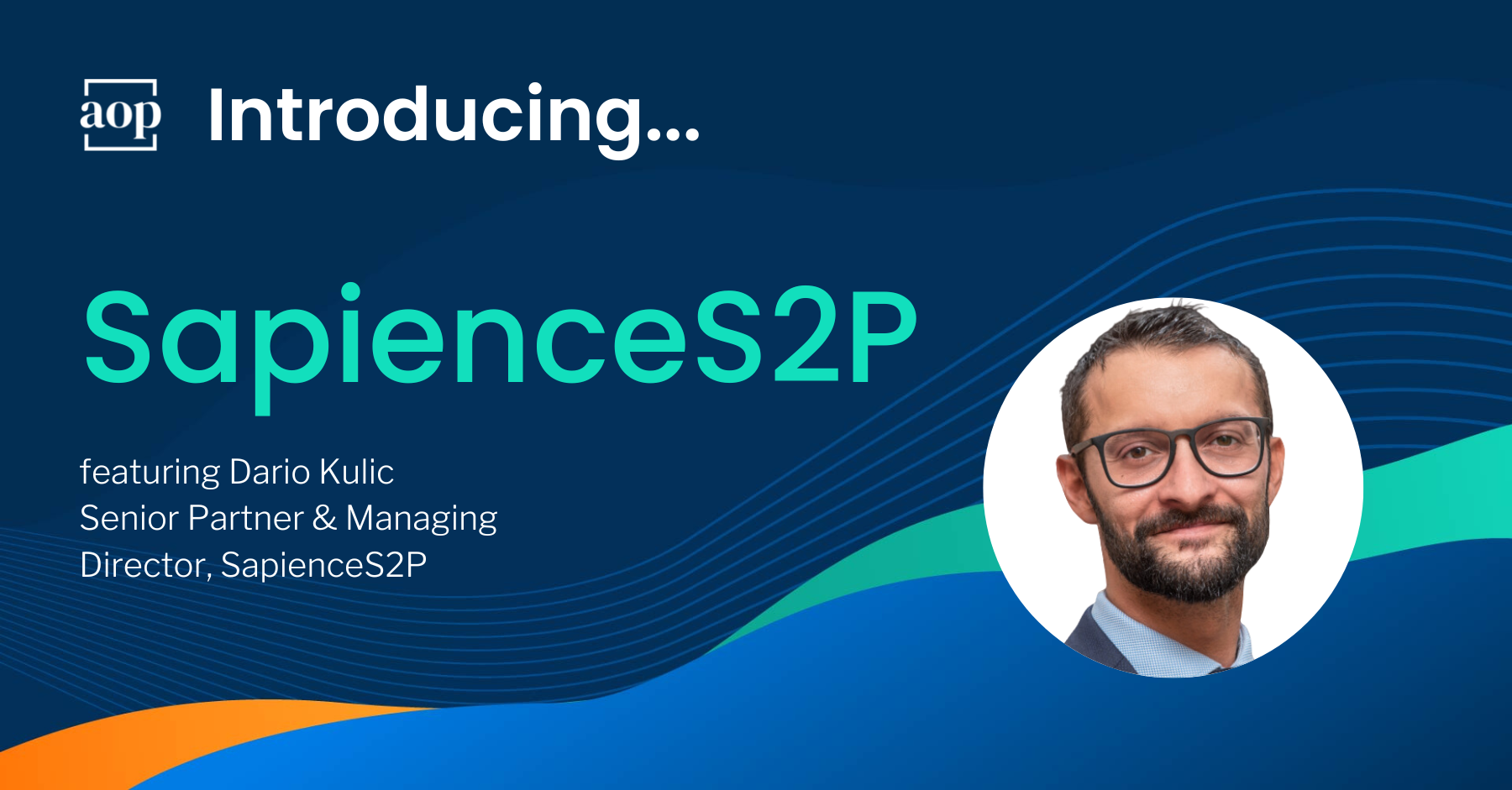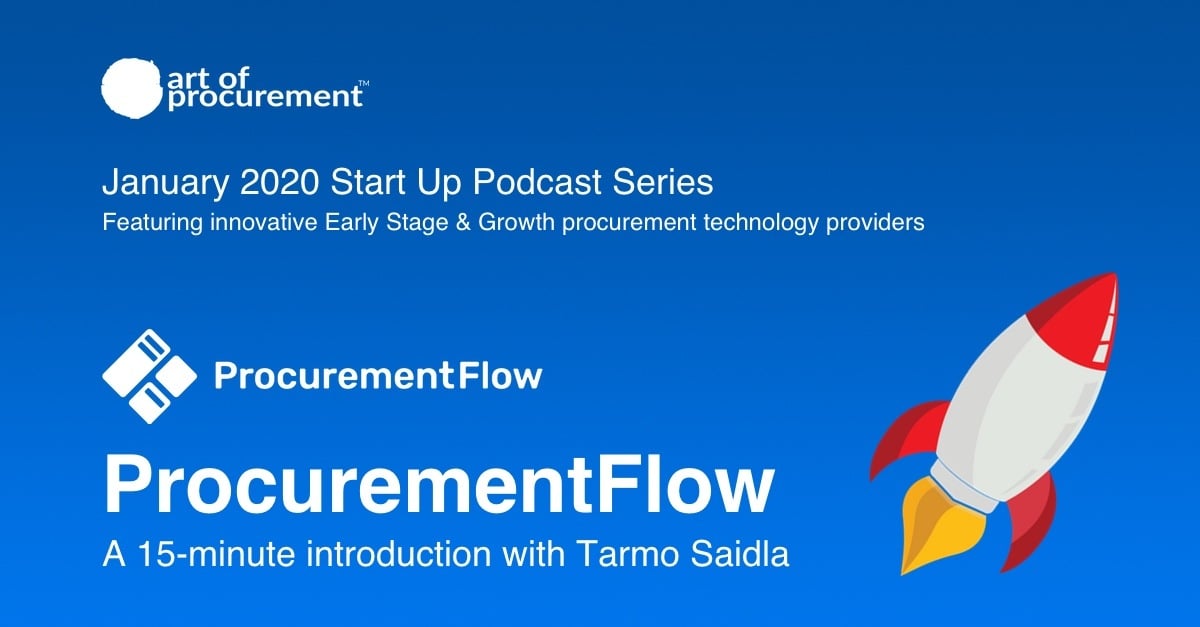
In this episode of AOP Introducing, Helen Mackenzie speaks with Dario Kulic, Senior Partner and Managing Director of SapienceS2P, which specializes in advanced cloud-based procurement and ERP solutions. Dario has over 18 years of experience in procurement and supply chain management, and he shares his journey from Ford Motor Company to leading SapienceS2P’s customer development and strategic operations.
SapienceS2P is a business consulting company helping organizations with a full range of digital transformation solutions that include customized roadmaps, software implementation, and support for AI integration. They also provide change management support and support with user, employee, and leadership training.
As Dario describes, the company offers three main pillars of service to the market. The first is around business consulting, where they leverage their operational experience to help organizations with transformation and change management. The second pillar is technical skills, where they implement and customize solutions that fit within an organization’s existing team and structure. And, third, which he describes as “the future,” is their own AI-powered chatbot. All of these pillars, he says, highlight their ability to provide a comprehensive suite of solutions to the market.
This latest innovation was just as much a result of innovation as it was frustration with existing technologies, said Dario. “Up to today, many chatbots companies used were just not good, they were not intent-based. So this means there was actually a lot of frustration with users because they had to trial and error questions to get the answers, and if they didn’t input the question right, they got the same stupid answer.”
This insight into a poor user experience led to the development of their own AI chatbot, which addresses common frustrations in user interactions and workflow management and is now one of the key differentiators for the company as a whole.
“Our chatbot is truly unique on the market and doesn’t exist anywhere else,” said Dario. The bot is actually ‘intent-based,’ which means that a user is able to ask a question or put in a request in many different ways but, as long as the intent is the same, the bot will understand and respond with a consistent, accurate answer.
For example, as he describes, if a user asks the bot the status of an invoice, the bot will ask questions that lead it to understand that the intent is to have an invoice approved. Then, in just moments and with minimal input from the user, the bot has the info it needs to approve the invoice, relay that to the user, and initiate the next step in the workflow.
“You can do this with any kind of a process and workflow in a company,” said Dario. “It doesn’t matter – procurement, sales, manufacturing – everything that has a workflow where systems and manual work are involved can be automated now through the bot. And the point here is, in general, you can save between 60 percent to 90 percent of the time it would take to do all of this manually just by using the bot.”



